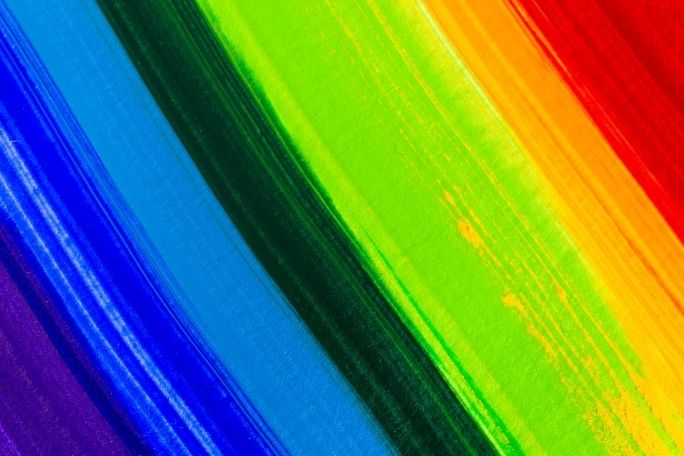Lesson summary
In this lesson, students explore the concept of upcycling as a sustainable art form. Upcycling involves taking recycled or usually discarded items and recontextualising them into a work of art! Students will examine the work of New York artist Gwyneth Leech, who uses recycled coffee cups as her ‘canvas’. Students will analyse how the artist uses specific materials and techniques, then will plan and create their own upcycled artwork.
Learning intentions:
Students will...
- understand the term ‘upcycling’ and investigate ways that it can benefit the environment
- understand how the use of carefully selected materials can enhance the audience’s understanding of the artist’s intention behind the work
- learn how to work collaboratively to create an art installation.
Success criteria:
Students can...
- articulate the meaning of upcycling and how it relates to sustainability
- analyse the work of a professional artist and how they use specific materials and art conventions, then apply this knowledge in their own artmaking
- take direct inspiration from their environment and document lines, shapes and colours in drawing from observation.
Lesson guides and printables
Curriculum links
Select your curriculum from the options below.
Lesson details
Curriculum Mapping
Australian Curriculum content descriptions:
Year 7 & 8 Visual Arts:
- Develop ways to enhance their intentions as artists through exploration of how artists use materials, techniques, technologies and processes (ACAVAM119).
- Develop planning skills for art-making by exploring techniques and processes used by different artists (ACAVAM120).
- Practise techniques and processes to enhance representation of ideas in their art-making (ACAVAM121).
- Analyse how artists use visual conventions in artworks (ACAVAR123).
Syllabus outcomes: VAS4.5, VAS4.6.
General capabilities: Literacy, Critical and Creative Thinking, Ethical Understanding.
Cross-curriculum priority: Sustainability.
Relevant parts of Year 7 & 8 Visual Arts achievement standards: Students identify and analyse how other artists use visual conventions and viewpoints to communicate ideas and apply this knowledge in their art making. They explain how an artwork is displayed to enhance its meaning. Students plan their art making in response to exploration of techniques and processes used in their own and others’ artworks.
Unit of work: Creative Sustainability – Year 7 & 8 – Visual Arts.
Time required: 60 mins.
Level of teacher scaffolding: High – facilitate class discussion, analysis of artist’s practice, and direct outdoor activity prior to art making.
Resources required
- Student Worksheets – one copy per student, device capable of presenting a video to the class
- Pitt Pen Techniques Handout, one per student
- Student sketchbooks OR A4 paper
- Recycled paper cups (these can be collected from the school community in the days/weeks prior to the lesson, sourced from local businesses) OR paper cup template
- PITT Artist Brush Pens (Calligraphy Brush Pens are an alternative to this tool).
Skills
This lesson is designed to build students’ competencies in the following skills:
- Collaboration
- Communication
- Creativity
- Empathy
- Ethical Understanding
- Global Citizenship
- Initiative
Additional info
Faber-Castell has long understood the importance of creativity to all people, especially to young people. It is also continuously searching for environmentally friendly processes and high-quality materials to enhance children’s creative experience throughout every development phase. For more information about Faber-Castell, click here.


Welcome back!
Don't have an account yet?
Log in with:
Create your free Cool.org account.
Many of our resources are free, with an option to upgrade to Cool+ for premium content.
Already have an account?
Sign up with:
By signing up you accept Cool.org's Terms and Conditions(Opens in new tab) and Privacy Policy(Opens in new tab).